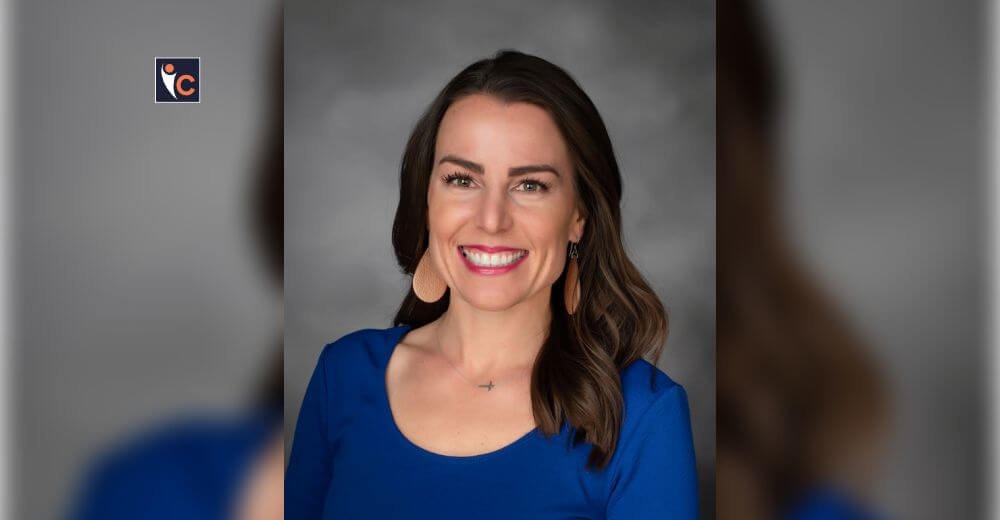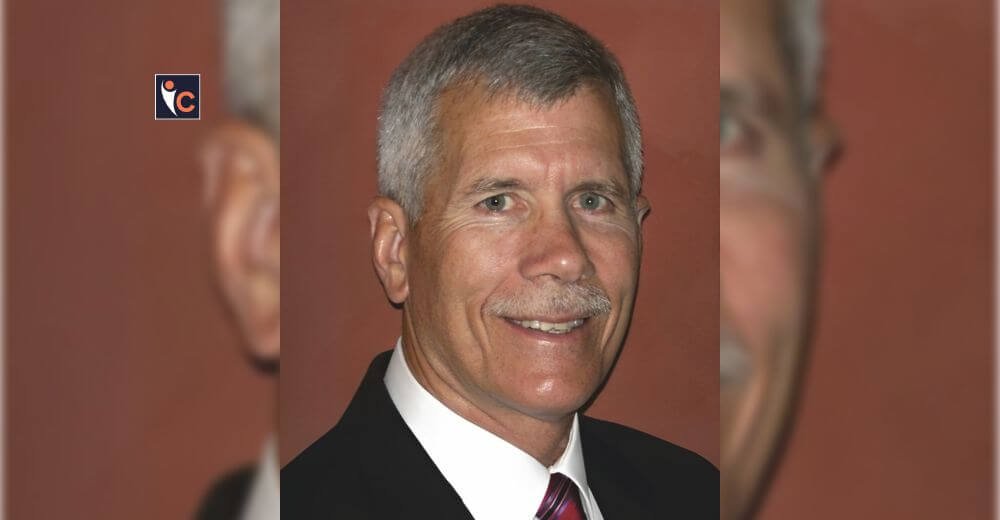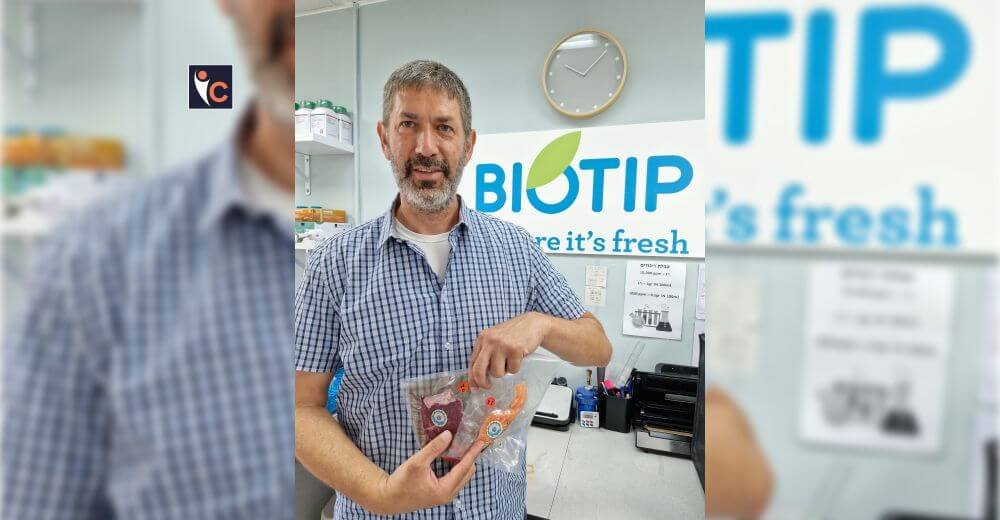Raised by immigrant parents from India who valued education, hard work and honesty, rooted in a strong foundation for a desire to impact the world positively at a very young age, Paari Gopalakrishnan was inspired to seek a career in healthcare.
Today as the President and Chief Operating Officer at Kent Hospital, he carries his desire at a much larger scale reaching out to people with helping hands to bring impactful change for the patients and community. Kent Hospital strives to provide the highest quality and safety levels in all it does.
With over two decades in healthcare, Paari is keen to provide high-quality, compassionate, personalized healthcare is delivered in an interdisciplinary model involving all healthcare team members. As a child, Paari sought the joys of a meaningful career in healthcare.
His love for science and people and a passion for helping others in need became evident to him that he belonged in healthcare. Later he pursued medical school, intending to treat patients so they could live the most fulfilling life possible.
Insights Care caught up with Paari to know more about how healthcare is tackling several problems while simultaneously providing quality care.
Below are the highlights of the interview:
Briefly tell us about yourself and shed some light on your journey as the C.O.O. at Kent Hospital.
Family is the most important thing to me. I am married to an amazing woman and am blessed with five very active children who fill our lives with joy. My wife and children keep me grounded while inspiring me. As far as my career journey, it has gone places that I could not have imagined. I always wanted to be a physician but becoming a hospital leader was not something I aspired to early in my career. However, I found myself throughout my career with opportunities to get more involved and improve various aspects of workflow, staffing, quality issues, or other challenges, which I loved.
This resulted in me pursuing an M.B.A. and formally moving down the leadership pathway as a physician. I have been fortunate to have worked in various roles on my professional career path, from leading a hospitalist group to overseeing operations of our healthcare system’s COVID-19 field hospital, which had been renovated from a former bank building to becoming a hospital Chief Medical Officer, and now, the president/C.O.O. of the hospital.
Can you elaborate upon the core values, vision, and mission based on which your services are aligned with Kent Hospital?
We often talk about A.C.T. values across our organization. The acronym stands for accountability, caring, and teamwork. These are the foundational values we feel are instrumental to providing high-quality, safe patient care for our community. These values and behaviors have been affectionately monikered as the “Kent Way.”
What areas, in your opinion, does the health care system struggle with when it comes to operational matters?
Communication, communication, and communication is imperative in this business. I think it is paramount that we can communicate effectively with our team members and explain the “why” when we are making operational decisions that impact their day to day. I recognize fully that our team members might not always agree with my operational decision; however, I think that they do understand that I am always looking out for their and our patient’s best interests. Without clear, consistent, and effective communication regarding any and all operational initiatives, we fail. We always need our team members’ buy-in. This is sometimes easier said than done, but I always strive for the most effective communication possible.
Communicating with my team members cannot be simply a “check the box” memo about the operational change. I try to consciously think about the message I want my team members to understand, and then I push it down my communication cascade.
The cascade starts with my management teams understanding the need for the operational change followed by a multi-channel approach–“check the box” memo, Gemba huddles, staff meetings, and walk rounds. As I provide information about the operational change to our team members, I am cognizant that I need to embrace a culture that allows them to raise their concerns without fear. To achieve this, I try to offer multiple avenues for feedback and, frankly, encourage it.
In what way do you consider Kent Hospital’s technological advances to be a pathway in conducting care and treatment services effectively?
I think we have all heard about the staffing crisis that healthcare systems have been facing over the last few years. While the staffing crisis looms, we are at the forefront of caring for our community, which has come to trust us for expert care and treatment. This is where innovation and technology is a strong assets for us. We are currently leveraging various tools to creatively provide hospital care in people’s homes, communicate effectively among the care teams, involve patients/families remotely, and utilize various technological tools to operate more efficiently.
What role does compassion play in caring for patients in need? In what ways do you ensure Kent Hospital delivers the same?
Compassion is critical to patient care. At the end of the day, our mission is to take care of people at vulnerable times in their lives. I take this very seriously. We need our patients to feel confident in the medical care they are receiving and feel they are valued as individuals. At Kent Hospital, we have an amazing staff who want to deliver the highest quality care in a compassionate and meaningful way. To ensure this, we share our patient’s feedback with our leaders and staff. And we are always looking for opportunities to improve, including with formalized training.
What endeavors are you currently pursuing to improve Kent Hospital’s service measures for healthcare clients?
- Hospital at Home, where patients are admitted to their homes from our emergency department. This allows for great medical care in the comfort of their own home.
- Expanding our geriatric focus to care for a high number of geriatric patients in our community. This includes a specialized unit called the A.C.E. unit (Adult Care of the Elderly) to manage our geriatric patients differently.
What are some of the challenges you face when conducting projects, and how do you turn them into opportunities for growth?
Currently, the largest challenge or obstacle in healthcare is staffing. As we try various initiatives, it can be easy to say we cannot succeed because of our staffing challenge. In my opinion, this is where leaders lead. I ask that my leadership team and my team members look for opportunities to improve in spite of staffing challenges.
Obviously, we need to work towards improving our staffing; however, we can’t throw our hands in the air because of it. Our patients and community turn to us when they need us the most, and I am committed to never letting them down. That’s why we are always looking for alternative ways to deliver care.
What advice would you like to give to budding entrepreneurs and enthusiasts who desire to venture into the healthcare sector?
Jump in—all in. It is a rewarding career, and you will make a meaningful impact on the world.
How do you envision scaling your services and operations in 2022 and beyond?
Bigger is not always better. I think all healthcare systems need to take a deep look into their operations, service lines, and mission. I need to make sure that the services we are providing to our community are indeed needed by our community, high quality, and make fiscal sense. It is time for all of us to sharpen our pencils.
Next Story: https://insightscare.com/tracy-doughty-working-to-provide-enhanced-healthcare/










